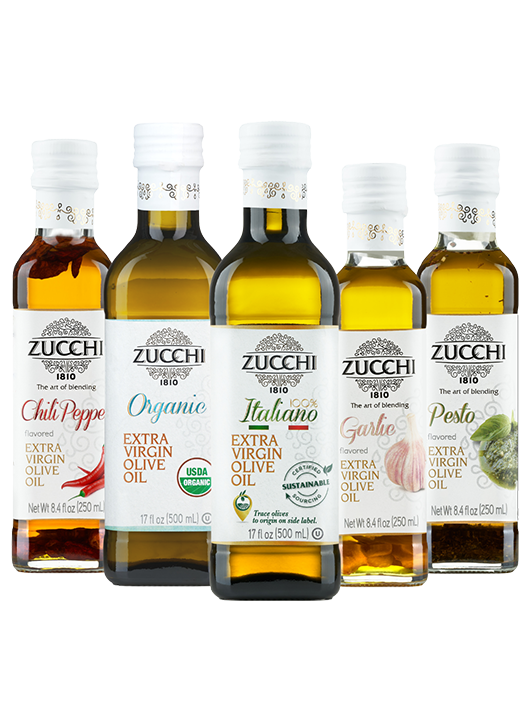Olive oil improves with age and other myths to dispel.
Almost everyone uses it and loves it, but only a few know it really well. For this reason, over the decades, there have been many myths built up about extra virgin olive oil. Wrong but widespread beliefs, which perhaps we should clear up. Let’s look together at the most important myths to dispel: Olive oil improves…
May 5, 2021


